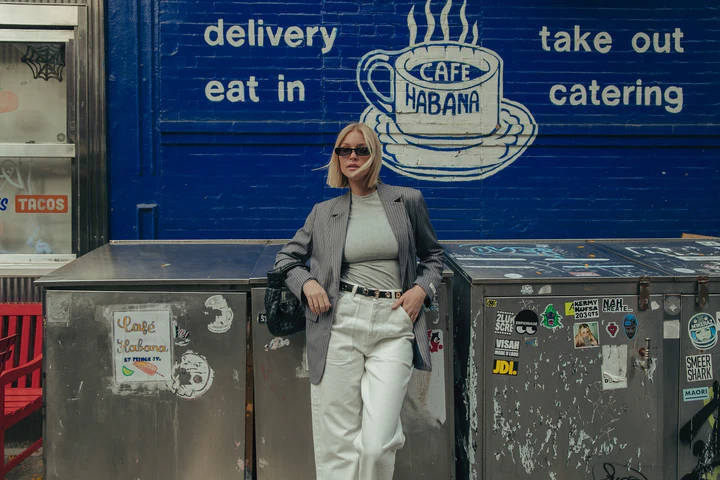
Why Are There Still So Few Women in Creative Leadership in Fashion?
On a Friday afternoon, I received an email from Jorinde Croese, senior editor at 1 Granary, who is reporting a piece on gender disparity in creative leadership roles within the fashion industry. Her questions were straightforward, but the topic is deeply complex.
Despite women making up the majority of fashion students and occupying many junior and senior positions, they remain significantly underrepresented in creative director roles. The data speaks volumes: since 1995, only 13% of Kering’s creative director hires have been women.
She reached out for my perspective as a recruiter:
What structural or cultural barriers are keeping women from these top roles? And what can the industry actually do to change that?
I was more than happy to contribute—because these are exactly the conversations we need to be having.
Barriers Women Face in Reaching Leadership Roles
From my experience, there are several interlocking barriers at play:
- Unconscious bias: Even in progressive environments, leadership qualities are still too often equated with traditionally masculine traits—assertiveness, decisiveness, boldness. As a result, women can be unfairly overlooked.
- Lack of mentorship and sponsorship: Informal networks and powerful sponsors play a huge role in career advancement. Women are often underrepresented in these circles, and thus miss out on critical advocacy.
- Rigid work structures: Workplaces that don’t accommodate caregiving responsibilities or career breaks disproportionately impact women. Flexibility is key.
- Cultural expectations: Broader societal norms around gender roles continue to shape how women view themselves—and how others perceive their ambitions.
What We’re Doing at Studiovegter
At my agency, we are acutely aware of these patterns, and actively take steps to counter them:
- Structured interviews: We use consistent questions and evaluation frameworks for all candidates to reduce subjective bias.
- Blind recruitment: Where possible, we remove names, photos, and personal details in early application stages.
- Bias-awareness training: We train both recruiters and hiring managers to recognize and reflect on their unconscious biases.
- Diverse hiring panels: Bringing in voices from different genders and backgrounds helps broaden perspectives and minimize echo chambers.
What the Industry Could Do Better
If the fashion world wants to create lasting change, it must go beyond statements and take structural action. Here are a few tangible steps:
- Proactive talent development: Leadership programs tailored to female talent, preparing them specifically for senior roles.
- Equitable workplace policies: Expand flexible work options, parental leave, and re-entry programs to support career continuity.
- Transparent promotion pathways: Clear, measurable criteria for advancement that remove room for subjective interpretation.
- Representation matters: Elevate and celebrate female role models in top positions to normalize their presence and inspire others.
- Accountability: Set and track concrete diversity goals—then hold leadership accountable for the results.
Final Thoughts
This conversation is about more than numbers. It’s about culture, systems, and beliefs. The good news? All of those can be changed.
I hope that by sharing these reflections, I can contribute to a fashion industry that is more equitable, more inclusive—and ultimately, stronger.
Many thanks to Jorinde for raising such thoughtful and timely questions.
Want to exchange ideas or share your experience? I’m always happy to connect.